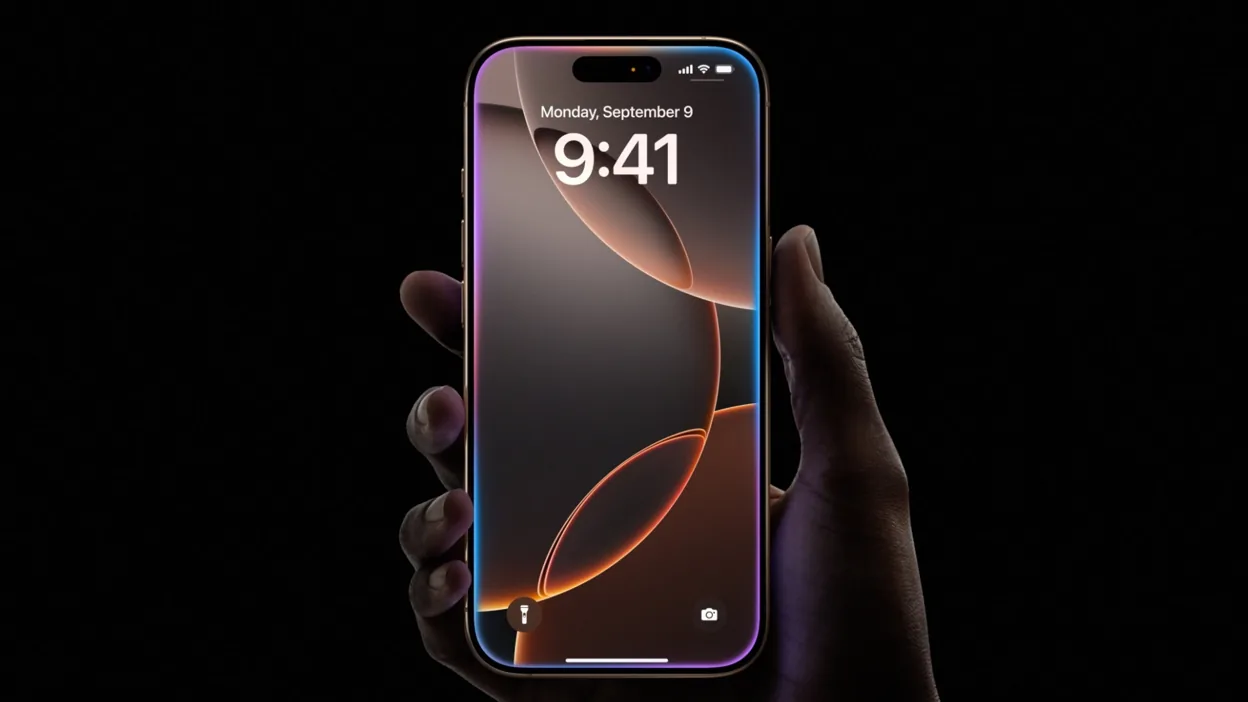Apple is reportedly preparing to begin mass production of its long-anticipated foldable devices, including the foldable iPhone and foldable iPad Pro, in the second half of 2026. According to a recent report, the company is expected to produce an early prototype of both devices by April. This marks a significant milestone for Apple, as it continues to explore foldable technology, which has gained popularity among other smartphone manufacturers in recent years. The foldable iPhone is rumored to feature a 7.8-inch main display with a 5.5-inch cover screen, while the foldable iPad Pro could boast an impressive 18.8-inch screen.
These foldable devices are expected to represent a major shift in Apple’s product lineup, as the company has traditionally been cautious about entering new form factors. However, reports suggest that Apple is taking significant steps toward bringing these devices to market, with prototypes likely to be tested in the coming months. The foldable iPhone and iPad Pro models are expected to offer users a more versatile and compact design, combining the portability of a smartphone with the functionality of a tablet.
According to analyst Jeff Pu, who shared insights with MacRumors, both the foldable iPhone and iPad Pro have entered the New Product Introduction (NPI) phase at Foxconn, Apple’s key manufacturing partner. The NPI phase is a crucial step in the manufacturing process, involving design refinement, engineering adjustments, and prototyping before a product can be mass-produced. This indicates that Apple is moving closer to finalizing its foldable device concepts and preparing them for widespread production.
If these reports are accurate, the second half of 2026 will be an exciting period for Apple fans, as the company is set to release two groundbreaking devices. As the tech industry increasingly gravitates toward foldable technology, Apple’s entry into this space could have significant implications, potentially setting new trends in device design and functionality.
















